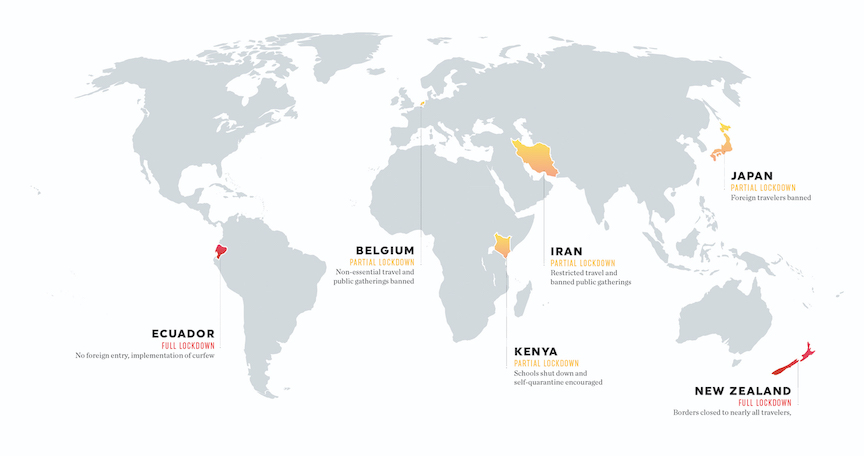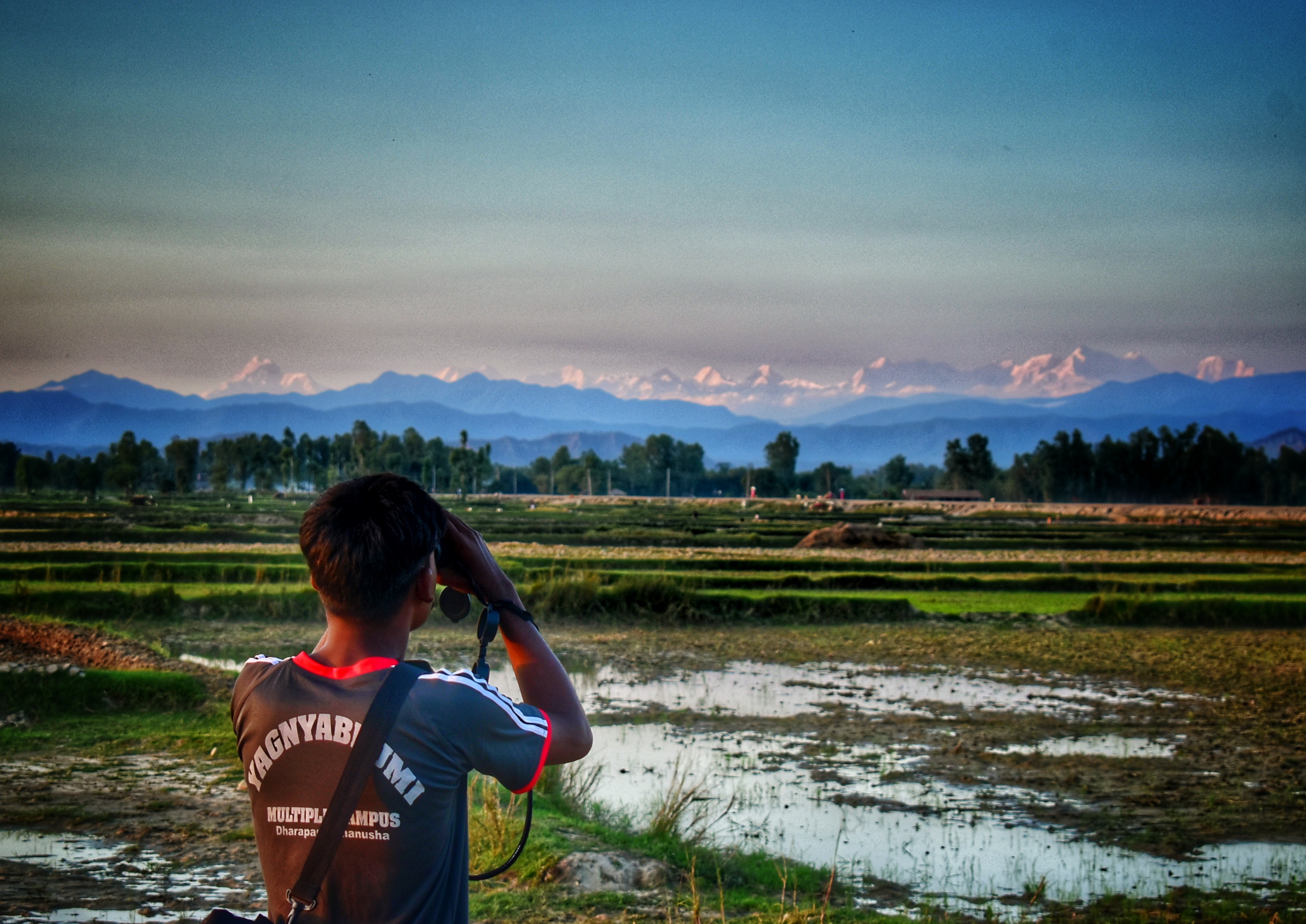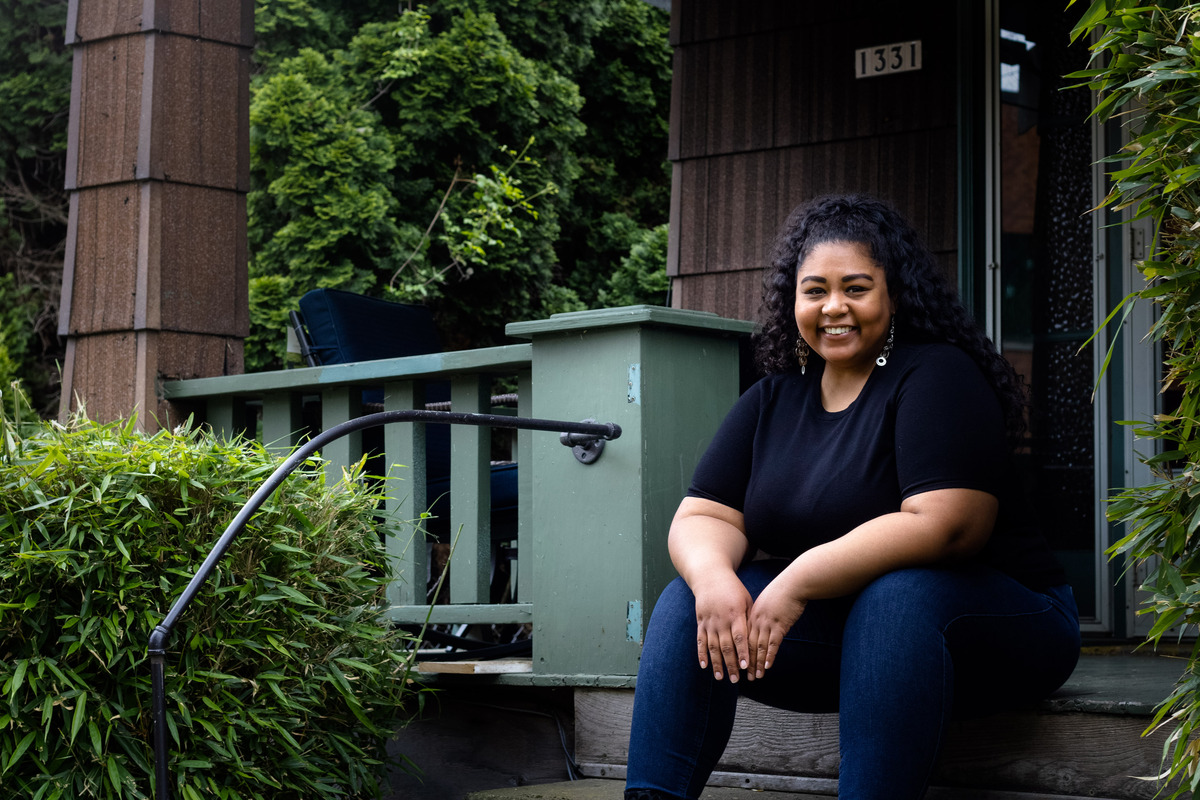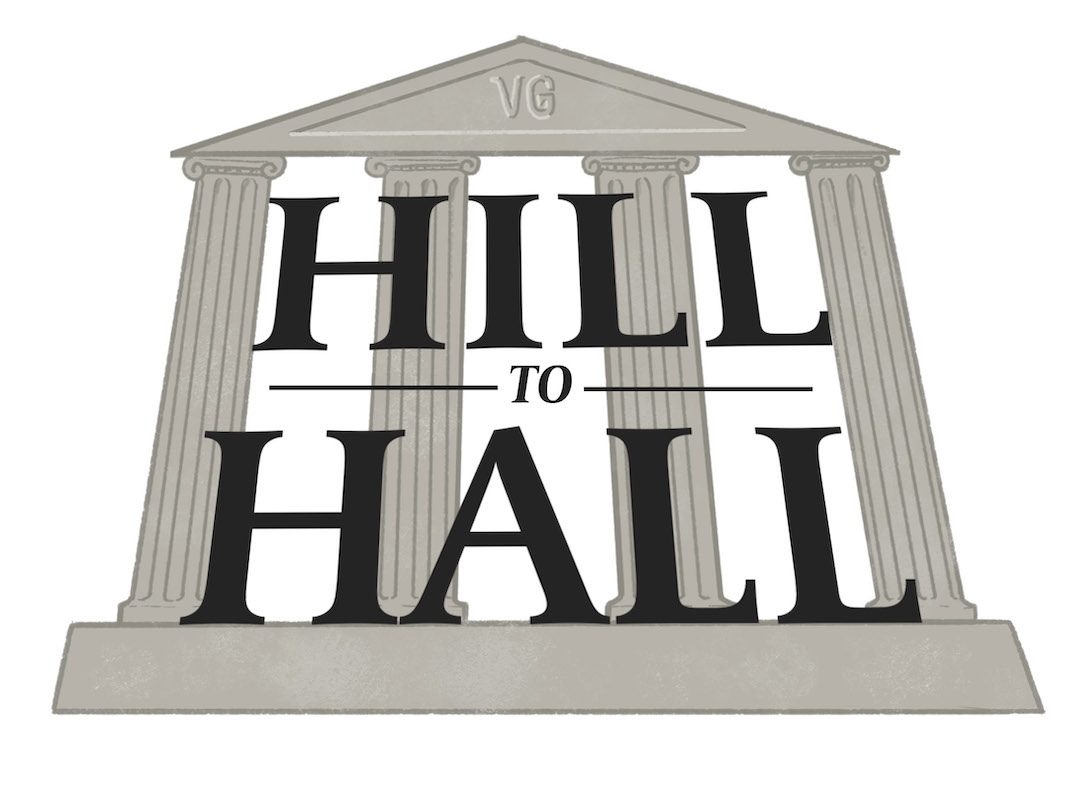COVID-19 is spreading around the world and there has yet to be a universal measure taken to prevent the pandemic’s further spread. Here is a breakdown of what some countries are doing in order to slow the rate of infection.
Japan
As of April 1, Japan had over 2,300 confirmed COVID-19 cases and 57 related deaths. Prime Minister Shinzo Abe and his deputy Taro Aso are no longer attending meetings in an attempt to limit the leader’s exposure to the virus. Foreign travelers from the United States, China, South Korea and the majority of Europe are not allowed to enter the country. Japan has yet to declare a state of emergency, but Abe implemented a new policy on April 1 that disperses two reusable face masks per household. “We’re barely holding it together,” Economy Minister Yasutoshi Nishimura said to Al Jazeera. “If we loosen our grip even a little, it wouldn’t be surprising to see a sudden surge in cases.”
Kenya
The first confirmed case of COVID-19 appeared in Kenya on March 13, and the country began implementing restrictions on March 16. The country has been on partial lockdown since the restrictions began, which includes the shutdown of schools. The only people allowed to enter Kenya at this time are Kenyan citizens, who are required to self-quarantine for two weeks upon their arrival. These measures are to stay in place for at least 30 days. According to BBC, the Central Bank of Kenya is using this opportunity to encourage the use of cashless payments and have removed fees for mobile money transfers under $10. The Central Bank hopes the increase in cashless payments will continue after the COVID-19 pandemic.
Ecuador
As of March 17, no one is allowed into Ecuador, including citizens and residents, for at least 21 days. On March 14, Ecuador reported two COVID-19 related deaths and 28 cases, but by April 1, there were 2,758 confirmed cases and 98 deaths, according to The Council of the Americas. There is also a nightly curfew being enforced from 9 p.m.–5 a.m. Authorities are limiting road traffic according to license plate numbers, and have increased internet and cell phone service throughout the country. The government is providing free COVID-19 tests for anyone who is displaying symptoms.
New Zealand
New Zealand’s borders have been closed to almost all travelers. The country is making some exceptions on a case-by-case basis. The government has declared a national state of emergency. Flights to return tourists to their home countries were temporarily suspended, but have since been resumed as long as the foreign governments who arrange the flights abide by New Zealand’s health regulations and use Air New Zealand. Individuals with confirmed or suspected COVID-19 cases are not allowed to leave the country. As of March 30, The Guardian confirmed there were 647 cases in New Zealand with 14 people hospitalized and one death.
Iran
Despite banning public gatherings and widespread travel restrictions, Iran remains the most affected country in the Middle East, according to Reuters. Many disregard the regulations in place and continue to travel around the country in celebration of the Persian New Year. Photos of highways filled with cars have been posted on many social media platforms and media outlets. Between March 29–30, the country saw 117 COVID-19 related deaths, bringing the death toll up to 2,757. “Unfortunately, some Iranians have ignored advice from health ministry officials and traveled during the new year holidays,” Government Spokesperson Ali Rabiei said in a statement according to BBC. “…This could cause a second wave [of COVID-19].”
Belgium
Belgium banned all non-essential travel and public gatherings until at least April 5. Police are patrolling the streets to enforce the new regulations. The government is requiring supermarkets and other essential businesses to regulate entry into shops and stores. Residents may go bike riding or hiking if they are alone or with the people they live with. The Belgian authorities are not calling their regulations a lockdown out of concern that the negative connotation of the word may create more fear and panic in the general public.






